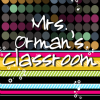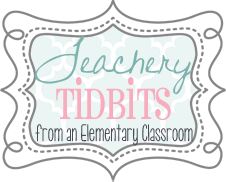A traumatic brain injury is an
injury to the brain that is caused by an external force. A traumatic brain
injury can result in impairments of a child’s language, attention, judgment,
problem-solving, motor abilities, information processing and speech (just to
name a few). These impairments have a major impact on how a child learns in a
school setting. A child’s behavior, attention span, thinking and reasoning
skills, and problem-solving skills that children use every day in the classroom
are a few examples of impairments that a child suffers from. Not only are the student’s
cognitive skills affected, but so are the student’s social behavior. These
impairments would all affect a child’s learning, understanding and completing
of work in the classroom – as well as their behavior in the classroom around
other students and teachers.
One type of assistive technology
that is available for students with traumatic brain injuries is the WatchMinder.
This device looks like a watch, but it has capabilities where a student can
record their own messages reminding them of certain things. Some reminders
could be, “Do Math Homework” or “Take Your Time”. There are even programmed
phrases already recorded. The WatchMinder can be used to remind students of
important homework information, positive reminders, or special events that are
happening that day.
There are many great application for
students to download on iPhones and iPads. A great resource for some useful information
is www.brainline.org. On this website,
there are 27 different applications (some free, and some charge a small fee) to
be downloaded for use for school work or everyday life (full link is listed below under references). The one that I like the
most, was the Voice Card application. Instead of traditional notecards
(flashcards), student are able to record a question or work, and the record the
answer or definition. I think this is a great tool for students with a short
attention span because it allows students to hear the information, rather than
read it.
I can see the future of assistive
technology expanding in many ways. There are already many different tools for
both students and adults to use in their studies and everyday lives. I believe
that the technology will grow to become more adaptable and easier to use for
individuals with traumatic brain injuries. With technology, it is always changing
and new tools are always being created. I
think that as time passes, more technology will be incorporated into the
classroom to assist all learners.
References











No comments:
Post a Comment